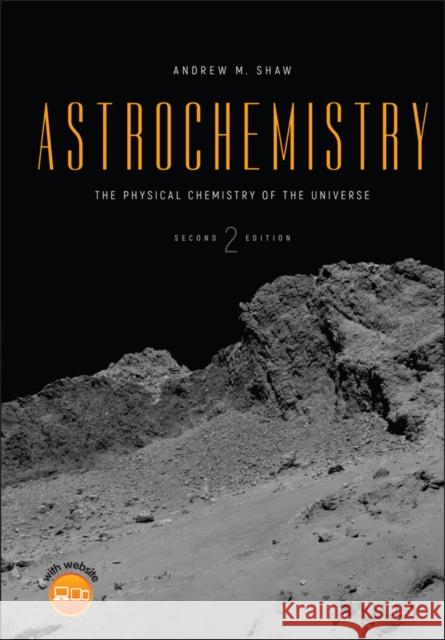Astrochemistry: The Physical Chemistry of the Universe » książka
topmenu
Astrochemistry: The Physical Chemistry of the Universe
ISBN-13: 9781119114727 / Angielski / Twarda / 2021 / 496 str.
Kategorie BISAC:
Wydawca:
Wiley
Język:
Angielski
ISBN-13:
9781119114727
Rok wydania:
2021
Ilość stron:
496
Waga:
1.21 kg
Wymiary:
25.81 x 18.59 x 2.97
Oprawa:
Twarda
Wolumenów:
01
Dodatkowe informacje:
Bibliografia











